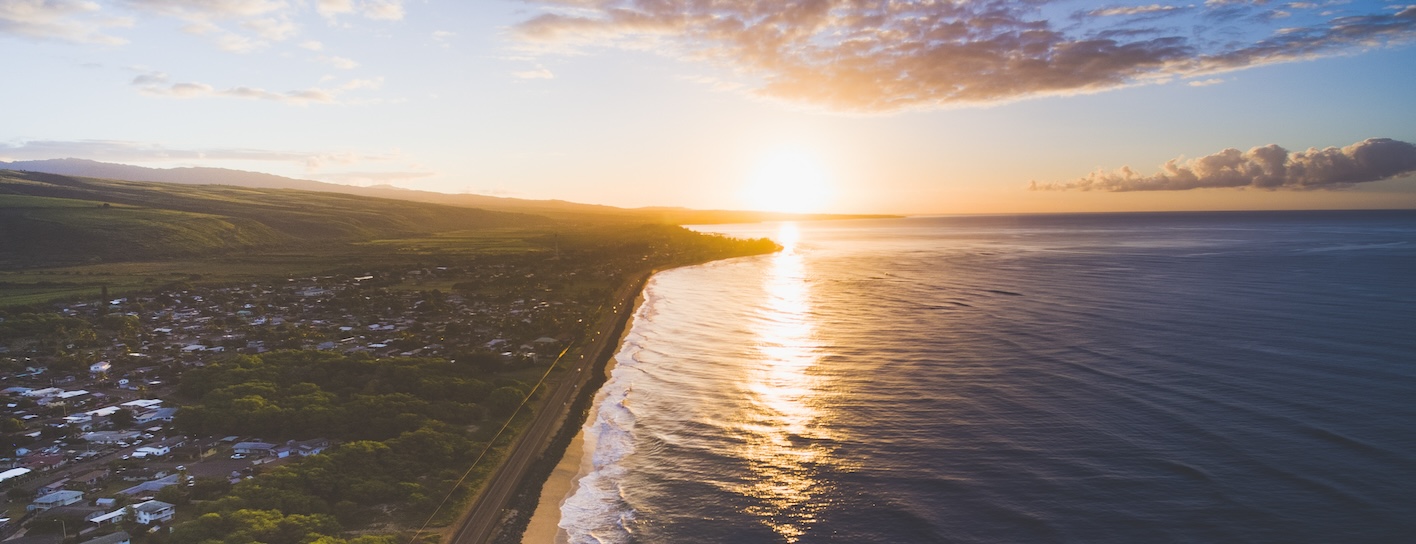
08.28.25
Hawai‘i Supreme Court Victory Confirms Agencies Must Consider Harms to Communities Before Approving Use of State Lands
By Staley PromThe Surfrider Foundation and our partners are celebrating a significant victory at the Hawai‘i Supreme Court, after challenging a state decision exempting a seed research company utilizing restricted use pesticides from complying with Hawai‘i’s environmental law. The Hawaiʻi Environmental Policy Act requires preparing “Environmental Assessments,” which are written evaluations that consider whether there may be significant environmental effects, for actions using state lands, unless exempted.
Earlier this week, the Hawai‘i Supreme Court ruled that the Board of Land and Natural Resources (“BLNR”) must prepare an Environmental Assessment for seed research operations on state conservation land on the west side of Kaua‘i. In 2017, Surfrider, along with Ke Kauhulu o Mānā, Hawai‘i Alliance for Progressive Action, and Koholā Leo, brought the lawsuit challenging a BLNR exemption, which relied on a prior approval for using the land for sugarcane farming, although BLNR never considered the potential impacts from the current use of land for seed research, which involves the application of harmful restricted use pesticides.
Restricted use pesticides, as the name indicates, are available only to certified applicators, not the general public, due to their potential to cause unreasonable adverse effects to the environment and injury to applicators or bystanders. The state land is only about 400 feet from the ocean, meaning possible significant adverse impacts to the water and coastal recreation were never considered.
In its decision, the Court held that BLNR did not meet its burden of showing that an exemption was justified. Under the Hawaiʻi Environmental Policy Act, an agency granting an exemption must establish that the action will probably have minimal or no significant effects on the environment. An agency is required to take a “hard look” at environmental factors before granting an exemption, and cannot rely on extra-record evidence as a substitute for the analysis it should have included in its record. While the Court of appeal had concluded that BLNR had not completed the requisite analysis required for exemptions, it sent the case back to the lower Environmental Court for further proceedings, meaning more costs for public interest litigants and an improper second chance for the agency to justify its exemption, while it was required to do so at the time it made its decision. Thus, Surfrider and our partners appealed in 2024.
As the Hawai‘i Supreme Court recognized, while public interest plaintiffs like Surfrider may present extra-record evidence to identify problems with the environmental review process, “BLNR could not rely on extra-record evidence as a substitute for the analysis it should have conducted and included in its original agency record. The legitimacy of BLNR’s exemption declaration was required to be clear from BLNR’s existing record.” As the Court concluded, the BLNR failed to meet its burden, and an Environmental Assessment was required as a matter of law.
This is a fantastic win not only for everyone who enjoys West Kauaʻi’s beaches and waters, but for clean water and safe recreation across Hawaiʻi. The Court recognized that agencies must meet the mandates of the Hawaiʻi Environmental Policy Act and take a hard look at environmental impacts before granting exemptions.
As Anne Frederick, Executive Director of co-plaintiff Hawai‘i Alliance for Progressive Action recognized, “For too long, the agrochemical industry in Hawai‘i has avoided environmental scrutiny. On West Kaua‘i’s public lands, companies test and develop genetically engineered seeds designed to withstand experimental pesticides. From 2019 to 2021 alone, 13 to 16 restricted-use pesticides—all toxic to aquatic species—were applied annually just 400 feet from the ocean. That’s unacceptable.”
“For generations, our ʻāina has been exploited and contaminated,” said Punohu Kekaualua, West Kauaʻi resident and Native Hawaiian cultural practitioner co-plaintiff in the case. “This harm is not just to the land, but to our families. Many of our children face medical and developmental challenges linked to these exposures. As a father of five, I see firsthand the unfair burdens they carry. No child should live with the consequences of environmental injustice.”
The Court’s significant decision strengthens Hawai‘i’s environmental protections, confirming that agencies must consider potential harm to sensitive ecosystems, including cumulative impacts, before granting approvals.
